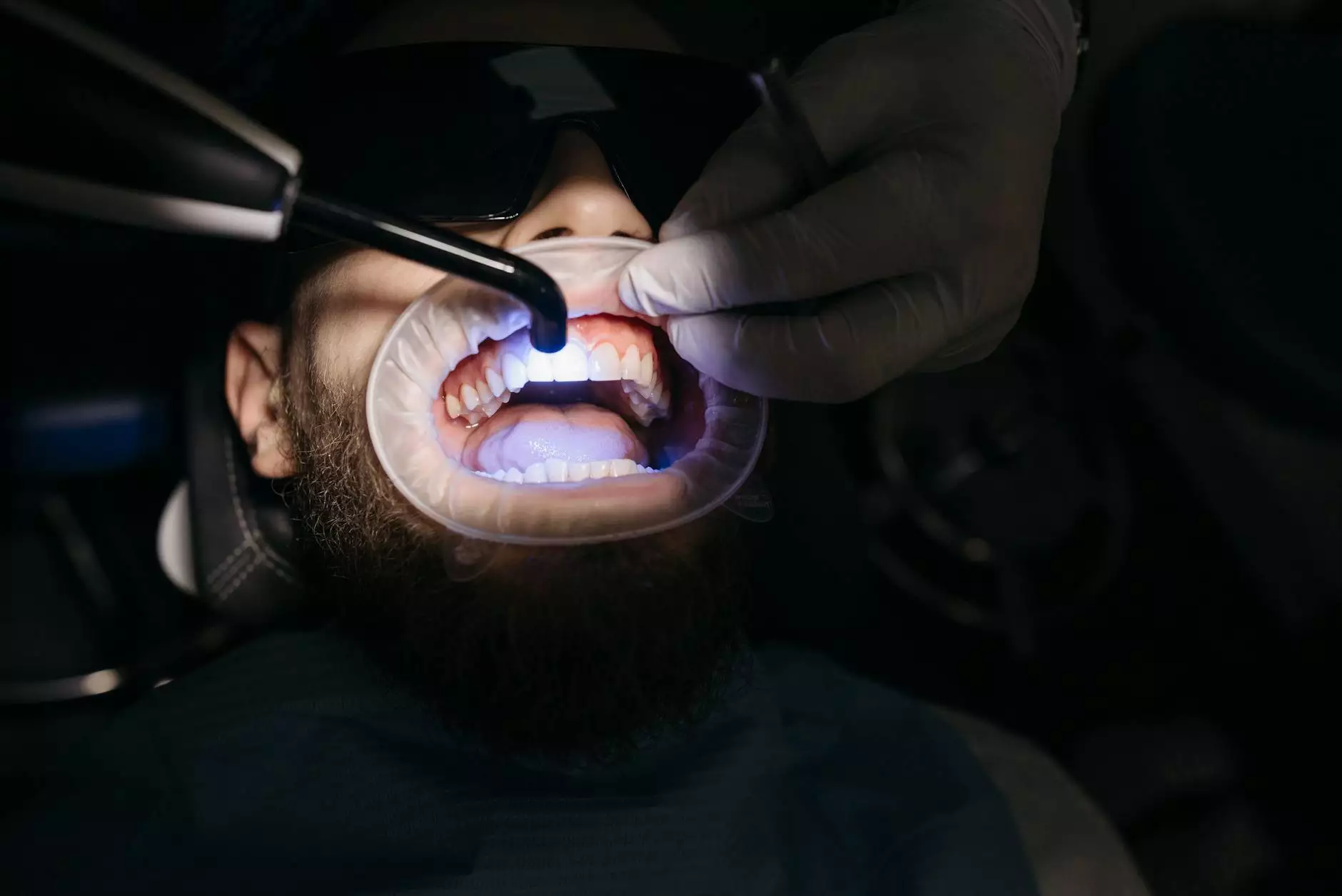Understanding tendinopathy vs tendonitis: A Comprehensive Guide to Tendon Health

When it comes to musculoskeletal health, especially concerning the tendons, understanding the nuances between various conditions is essential for effective management and prevention. The debate often centers around tendinopathy versus tendonitis, terms that are sometimes used interchangeably but represent distinct pathological processes. Clarifying these differences is crucial not only for healthcare providers but also for individuals seeking proactive ways to maintain optimal tendon function and avoid chronic injury.
What Are Tendons and Why Are They Important?
Tendons are strong, fibrous connective tissues that connect muscles to bones, enabling movement and providing joint stability. They are composed primarily of collagen fibers arranged in parallel bundles, giving tendons their remarkable tensile strength and flexibility. Proper tendon health is critical for athletic performance, daily activities, and overall functional mobility. Damage or deterioration of tendons can significantly impair movement and quality of life.
Defining Tendinopathy vs Tendonitis
What Is Tendonitis?
Tendonitis refers to an inflammatory condition affecting the tendons, typically caused by acute trauma, repetitive overuse, or sudden injury. It is characterized by inflammation, swelling, warmth, and pain around the affected tendon. Common examples include rotator cuff tendonitis, Achilles tendonitis, and tennis elbow (lateral epicondylitis). In its early stages, tendonitis is often reversible with rest and appropriate treatment.
What Is Tendinopathy?
Tendinopathy is a broader term that describes a range of chronic tendon disorders characterized by degeneration, disorganization, and failure of the tendon tissue. Unlike tendonitis, tendinopathy does not necessarily involve inflammatory processes; instead, it reflects a failed healing response, collagen breakdown, and changes in the cellular makeup of the tendon. It is often associated with chronic, persistent pain and functional impairment.
Is Tendinopathy the Same as Tendonitis? Clarifying the Key Differences
- Etiology: Tendonitis results from acute inflammation, whereas tendinopathy often involves degenerative changes and failed healing.
- Pathology: Tendonitis displays inflammatory cell infiltration; tendinopathy shows collagen disorganization and tissue degeneration.
- Symptoms: Both conditions cause pain, but tendinopathy generally presents with persistent, dull ache and stiffness, while tendonitis often causes sudden sharp pain.
- Progression: Tendonitis may evolve into tendinopathy if inflammation persists and healing is inadequate.
Understanding the Pathophysiology of Tendinopathy vs Tendonitis
The Development of Tendonitis
Tendonitis develops when tendons are subjected to acute exposure to overload, trauma, or excessive stress. In response to injury, the body's immune system triggers an inflammatory cascade, leading to swelling, redness, warmth, and pain. The inflammatory process is an attempt to repair the tissue, but if the stress continues or the injury is not properly managed, this can lead to further damage.
The Chronic Nature of Tendinopathy
Tendinopathy arises from repetitive microtrauma and persistent overload that overwhelm the tendon's capacity to heal. Over time, this leads to degenerative changes such as collagen disorganization, increased ground substance, neovascularization, and cellular apoptosis. The hallmark of tendinopathy is a lack of significant inflammatory cells, distinguishing it from the acute inflammatory process seen in tendonitis.
Clinical Presentation and Diagnostic Criteria
Signs and Symptoms of Tendonitis
- Sudden onset of pain, often following specific injury or overuse
- Localized redness and swelling
- Warmth in the affected area
- Pain that worsens with movement or activity
- Possible crepitus or crackling sensation during tendon movement
Signs and Symptoms of Tendinopathy
- Chronic, dull ache or soreness in the tendon area
- Stiffness, especially after periods of rest
- Pain during activity, but often less severe than in tendonitis
- Reduced strength and load-bearing capacity
- Tenderness upon palpation
Diagnosis and Imaging
Diagnosis relies on a comprehensive clinical examination, patient history, and imaging studies. Ultrasound is particularly useful for visualizing tendon morphology, detecting degenerative changes or tears, and differentiating between inflammatory and degenerative processes. MRI scans can provide detailed images of tendon structure and surrounding tissues, aiding in accurate diagnosis.
Effective Management Strategies for Tendinopathy and Tendonitis
Conservative Treatments
- Rest and Activity Modification: Reducing stress on the affected tendon to promote healing.
- Ice Therapy: Applying cold packs to reduce inflammation and pain.
- Physical Therapy: Incorporating stretching, strengthening exercises, and eccentric training to improve tendon resilience.
- Nonsteroidal Anti-Inflammatory Drugs (NSAIDs): To manage pain and inflammation in acute cases.
- Extracorporeal Shock Wave Therapy (ESWT): To stimulate healing in chronic tendinopathy.
Advanced and Surgical Options
When conservative measures fail, minimally invasive procedures such as platelet-rich plasma (PRP) injections or ultrasound-guided dry needling may be considered. In severe cases with persistent degeneration or tears, surgical intervention may be necessary to remove damaged tissue or repair the tendon.
Prevention and Maintenance of Tendon Health
- Proper Warm-up and Cool-down: Preparing tendons for activity and facilitating recovery afterwards.
- Gradual Progression in Training: Avoiding sudden increases in intensity or volume of activity.
- Strengthening Exercises: Focusing on balanced muscle development to offload tendons.
- Flexibility and Mobility: Regular stretching to prevent stiffness and overuse injuries.
- Attention to Ergonomics: Adjusting work and sports setups to minimize undue stress on tendons.
The Role of Professional Care in Managing Tendon Disorders
Early diagnosis and appropriate intervention are critical for avoiding chronic pain and dysfunction. Healthcare practitioners specializing in musculoskeletal health, such as chiropractors, physical therapists, and sports medicine specialists, play a vital role in creating tailored treatment plans. For individuals engaged in high-demand physical activities or those with underlying health conditions, regular professional assessment can help maintain optimal tendon health and prevent costly injuries.
Choosing the Right Treatment Center: What to Look For?
- Experienced clinicians with expertise in tendinopathy and tendonitis
- Utilization of advanced imaging techniques
- Availability of minimally invasive treatment options
- Comprehensive rehab programs with personalized plans
- Focus on patient education and injury prevention
Conclusion: Prioritize Your Tendon Health for a Better Quality of Life
Understanding the distinctions between tendinopathy vs tendonitis is fundamental for effective treatment and prevention of tendon-related injuries. While both conditions can cause significant discomfort and functional impairment, they require different management strategies. Emphasizing early intervention, proper rehabilitation, and preventive measures will ensure long-term tendon health, enabling individuals to maintain active, pain-free lifestyles.
Stay informed, seek professional advice when needed, and incorporate healthy habits into your daily routine to optimize your tendons' resilience. Remember, healthy tendons are key to mobility, strength, and overall well-being.
For more comprehensive guidance and personalized treatment options, visit iaom-us.com, your trusted resource in health & medical, education, and chiropractic care.









